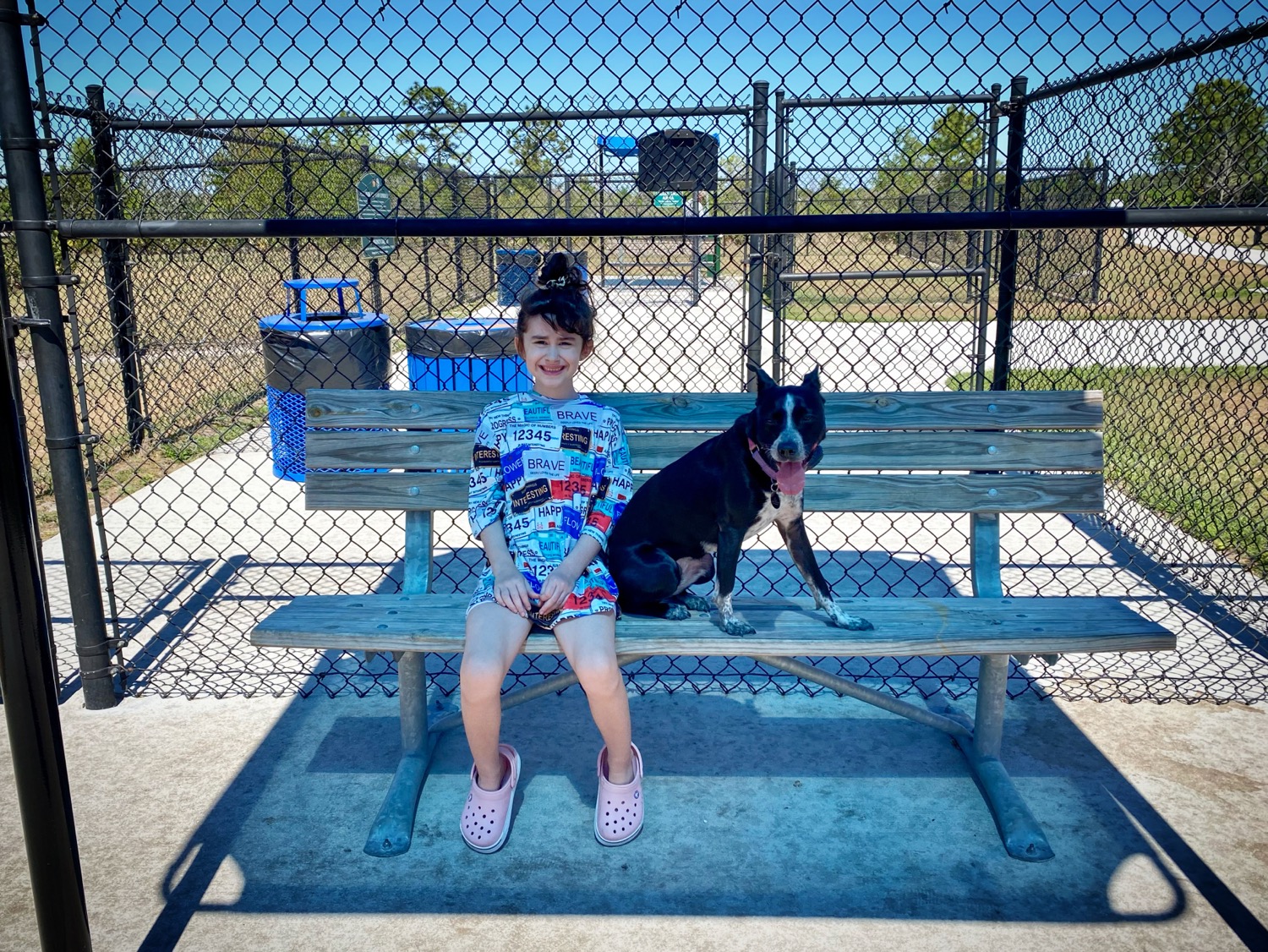The Importance of Recall: Perfecting the 'Come' Command in Dog Training
- Jason Parks
- Oct 25, 2023
- 3 min read
Introduction Among the myriad commands that are taught during dog training, the "come" command, also known as recall, is undeniably one of the most critical. It serves as an essential safety tool and promotes a strong bond between the dog and its owner. This guide, curated by a renowned dog training business, dives deep into the significance, techniques, and strategies of mastering recall with a canine companion.
1. Understanding the Weight of Recall
Safety Paramount: In potentially dangerous situations, such as when near traffic or encountering wildlife, a strong recall can be lifesaving for a dog.
Building Trust: Regularly practicing the recall command enhances mutual trust between the dog and its owner.
Foundational for Further Training: Mastering recall paves the way for advanced training sessions and activities.
2. Setting the Ground for Recall
Select a Distinct Command: Whether it's "come," "here," or any other word, ensure it's not commonly used in daily conversations.
Begin in a Distraction-free Environment: Starting indoors or in a quiet space minimizes distractions, allowing the dog to focus.
3. Steps to Introduce the 'Come' Command
Getting Attention: Start by saying the dog's name. Once eye contact is established, use the chosen recall command.
Using Lures: Initially, treats or toys can serve as effective lures. As the dog approaches, reward it generously.
Gradual Distance Increase: As the dog becomes consistent in responding, increase the distance between the dog and the owner, challenging its recall abilities.
4. Reinforcing with Rewards
Variety is Key: Rotate between different types of treats to keep the dog interested. Immediate Positive Reinforcement: Praise and reward the dog immediately upon successful recall to strengthen the association.
Avoid Negative Consequences: Never use the recall command to lead the dog to a negative situation, such as a bath it dislikes or a scolding.
5. Common Challenges in Recall Training
Distractions: As training progresses to more distracting environments, the dog might get sidetracked. Stay patient and consistent.
Incomplete Recall: Sometimes, dogs might stop midway. Avoid chasing after them; instead, use treats or toys to entice them to complete the command.
6. Incorporating Recall in Daily Activities
Playtime: Incorporate recall during games like fetch. It not only reinforces the command but also makes it enjoyable.
During Walks: Use recall intermittently during walks, rewarding the dog when it responds, even when on a leash.
7. Advancing Recall Training
Incorporating Distractions: Gradually introduce distractions, such as other dogs or people, and practice recall amidst these challenges.
Reducing Reliance on Treats: Over time, phase out treats and rely more on verbal praise or physical affection as rewards.
8. Recall in Different Scenarios
Urban vs. Rural: Training recall in both city settings and open countryside prepares the dog for various environments.
Introducing the Long Line: Using a long line leash during training allows control over the dog from a distance without fully letting it off-leash.
9. Addressing Relapses in Recall
Revisiting Basics: If the dog starts ignoring the recall, revert to basic training steps and re-establish the foundation.
Analyzing the Environment: Ensure that the training environment isn't overly stimulating or stressful for the dog.
10. The Role of Consistency in Recall Training Regular Practice: Just like any other skill, recall needs regular practice to remain sharp. Unified Command Structure: If a household has multiple members, ensure that everyone uses the same command and techniques for recall.
Conclusion Recall, epitomized by the "come" command, isn't just another trick in a dog's repertoire; it's a testament to the bond between a canine and its owner, and an indispensable safety measure. To achieve unwavering recall response, consistency, patience, and understanding of the dog's perspective are paramount. For those seeking structured guidance and advanced techniques, professional dog training businesses offer specialized sessions, ensuring that every dog responds with unwavering certainty to the crucial call of "come."




Comments